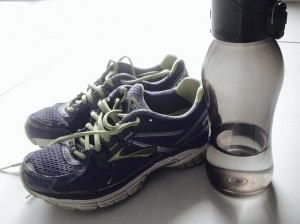Sugar-sweetened beverages (SSBs) are the single largest source of added sugar and the top source of calories in the U.S. diet. Nutrition researchers believe that drinking sugary beverages is linked with obesity and related diseases, like diabetes, and that SSB consumption must be decreased to reduce obesity rates. Findings from large research studies have consistently shown a significant association between SSB intake and long-term weight gain and increased risk of type 2 diabetes. A compilation of data from randomized control trials commissioned by the World Health Organization found that decreased intake of sugars significantly reduced body weight, whereas increased sugar intake led to a comparable weight increase. An additional analysis of numerous research studies found that higher SSB intake among children was associated with a 55% higher risk of being overweight or obese, and another found that 1-2 servings of SSBs per day was associated with a 26% increased risk of developing type 2 diabetes compared with occasional SSB consumption (less than one serving per month). Considering all the available research, there is compelling evidence that decreasing SSBs will decrease the risk of obesity and related diseases.
Surprisingly, though, some of the world’s largest producers of sugary beverages are offering a solution to the obesity crisis. The answer, according to beverage industry sponsored organizations, is getting more exercise and focusing less on cutting calories. Being more physically active is always a good idea. However, keep in mind that to burn off the calories in a 20-oz sugary soda, someone would have to do about 2 hours of light walking or about 1 hour of fast walking. Why not enjoy some flavored water along with your favorite exercise instead of a sugary beverage?
Find out how approximately long you would have do various physical activities to burn off different foods and beverages by using the 4-H Eat and Move-o-Matic. For more information on “calories in” vs. “calories out”, see Ohioline.


